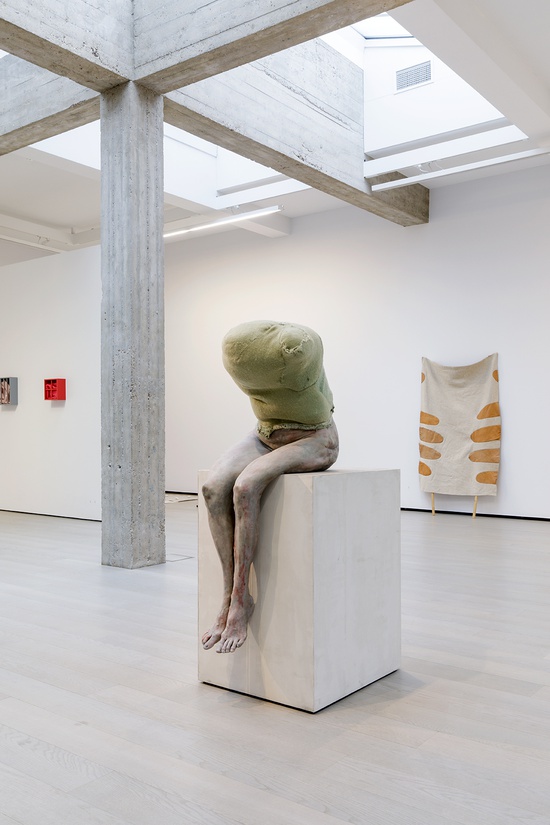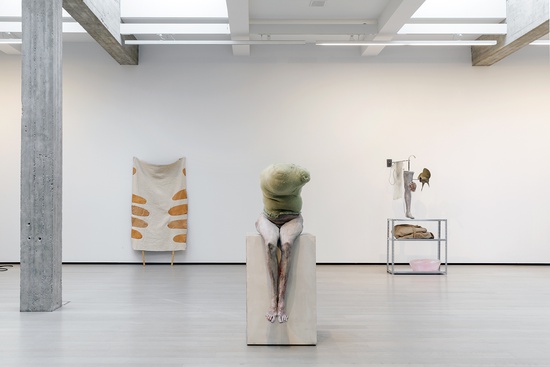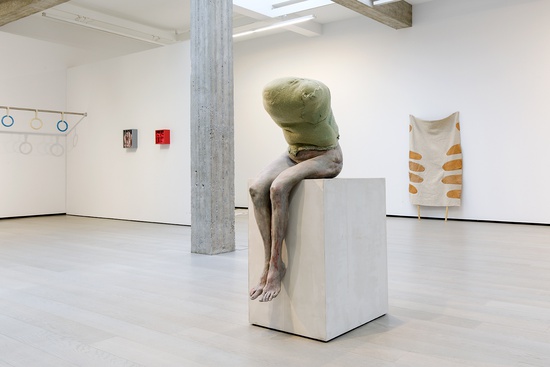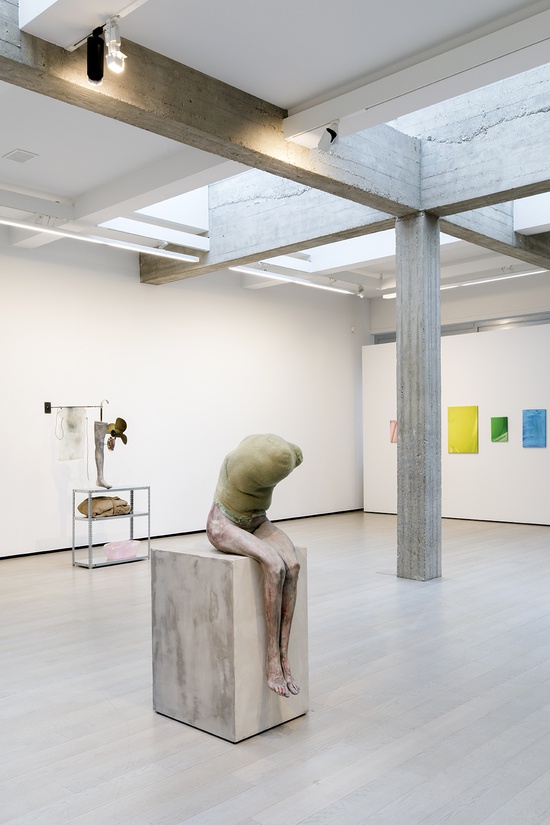Aanééngenaaid
Berlinde De Bruyckere
(2016)
Berlinde de Bruyckere is profoundly influenced by traditions of the Flemish Renaissance. Drawing from the legacies of the European Old Masters and Christian iconography, as well as mythology and cultural lore, De Bruyckere layers existing histories with new narratives suggested by current events to create a psychological terrain of pathos, tenderness and unease. The dualities of love and suffering, danger and protection, life and death and the human need for understanding are the universal themes De Bruyckere has been dealing with since the beginning of her career. ‘I want to show how helpless a body can be,’ De Bruyckere has said.
Working with casts made of wax, animal skins, hair, textiles, metal and wood, Berlinde De Bruyckere renders haunting distortions of organic forms. The vulnerability and fragility of man, the suffering body – both human and animal – and the overwhelming power of nature are some of the core motifs of De Bruyckere’s oeuvre.
In the work 'Aanééngenaaid' the viewer sees a body with no arms and no head, which sits passively on a plinth. Its torso is covered with a fabric and the legs are naked exposing its tender wounded surface. The viewer is confronted with a body whose story is told through its flesh and skin and not anymore though it mind.





